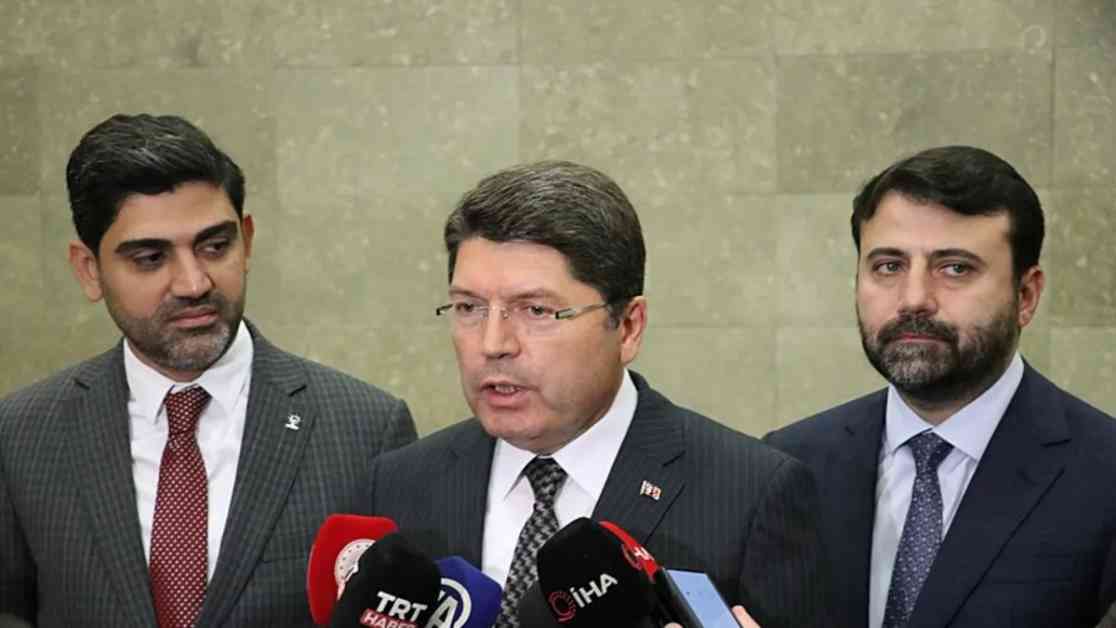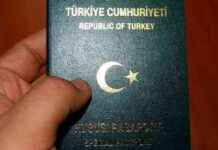Investigation Launched Against 30 Individuals Sharing Images of Attack at TUSAŞ
Justice Minister Yılmaz Tunç announced that an investigation has been initiated against 30 individuals in 9 provinces who shared fake news and images related to the terrorist attack aimed at TUSAŞ.
In the aftermath of the terrorist attack targeting TUSAŞ, Justice Minister Yılmaz Tunç revealed that a total of 30 individuals across 9 provinces have come under scrutiny for spreading false information and images about the incident. This move comes as part of the government’s efforts to combat misinformation and ensure that accurate details are shared with the public.
The investigation is being conducted to determine the extent of the dissemination of misleading content and to hold those responsible accountable for their actions. The individuals involved are suspected of sharing images and news that could incite fear and panic among the public, creating a distorted perception of the events that unfolded at TUSAŞ.
Subheadings:
1. Spread of Misinformation
2. Impact of False Content
3. Legal Consequences for Sharing Fake News
Spread of Misinformation
The proliferation of fake news and manipulated images on social media platforms has become a growing concern in recent years. In the case of the attack at TUSAŞ, the spread of false information has the potential to not only mislead the public but also undermine the efforts of law enforcement agencies and emergency responders.
Individuals who engage in sharing fake news and distorted images contribute to the chaos and confusion surrounding such incidents, making it difficult for authorities to maintain order and provide accurate updates to the public. The rapid dissemination of misinformation can also have far-reaching consequences, affecting the mental well-being of individuals and eroding trust in reliable sources of information.
Impact of False Content
The impact of false content on social media platforms is profound, as it has the potential to shape public perception and influence decision-making processes. In the case of the TUSAŞ attack, the spread of fake news and manipulated images can instigate fear and panic among the public, leading to a sense of insecurity and vulnerability.
Moreover, the circulation of misleading information can also have repercussions on the reputation of the targeted organization, in this case, TUSAŞ. By associating the company with false narratives and images, individuals who share such content not only compromise the integrity of the organization but also jeopardize its public image and credibility.
Legal Consequences for Sharing Fake News
The legal repercussions for sharing fake news and manipulated images are significant, as individuals who engage in such activities can be held accountable for spreading false information and inciting public unrest. In the case of the 30 individuals under investigation for sharing images of the TUSAŞ attack, they could face charges related to disseminating misleading content and violating laws pertaining to national security.
Justice Minister Yılmaz Tunç emphasized the importance of upholding the rule of law and ensuring that individuals are held accountable for their actions. By initiating investigations against those who share fake news and manipulated images, the government aims to send a clear message that such behavior will not be tolerated and that legal consequences will follow.
In conclusion, the investigation launched against 30 individuals for sharing images of the attack at TUSAŞ underscores the government’s commitment to combating misinformation and ensuring that accurate information is disseminated to the public. By holding individuals accountable for spreading fake news, the authorities aim to safeguard public safety and maintain order in the face of crisis situations.





















